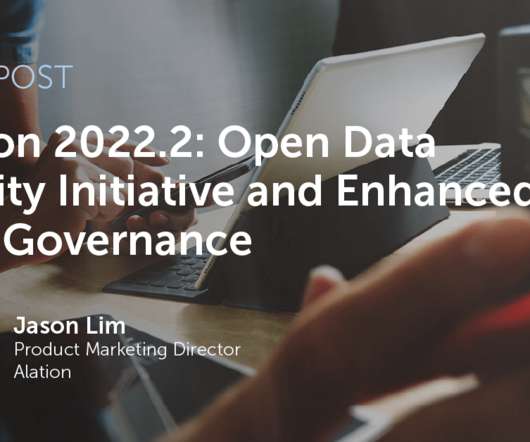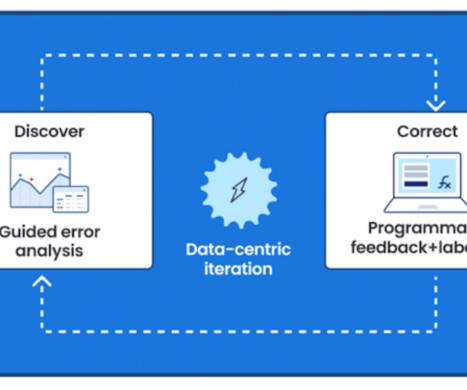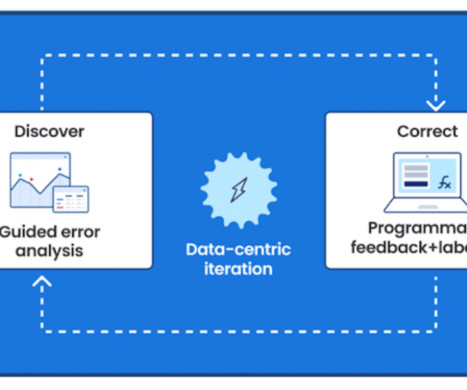How RallyPoint and AWS are personalizing job recommendations to help military veterans and service providers transition back into civilian life using Amazon Personalize
AWS Machine Learning Blog
APRIL 18, 2023
The following sections cover the business and technical challenges, the approach taken by the AWS and RallyPoint teams, and the performance of implemented solution that leverages Amazon Personalize. Applied AI Specialist Architect at AWS. Greg Tolmie is an Account Manager on the AWS Public Sector ISV partners team.


















Let's personalize your content